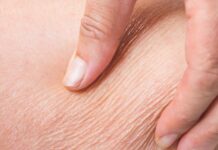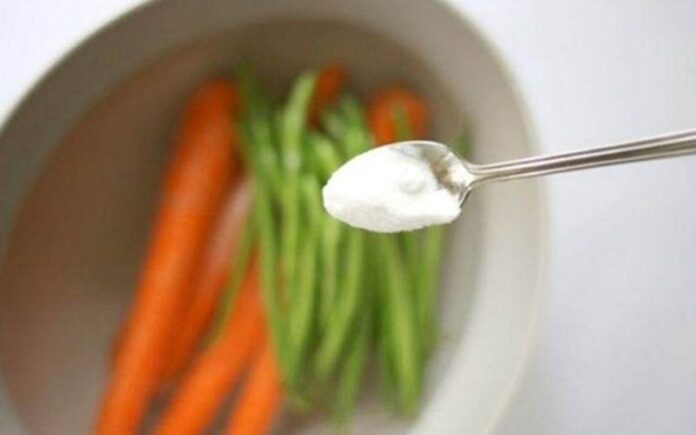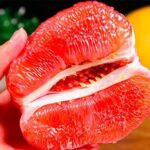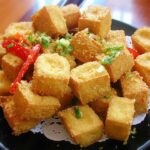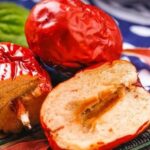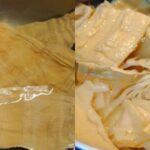Associate Professor Dr. Nguyen Duy Thinh, former lecturer at the Institute of Biotechnology and Food Technology, Hanoi University of Technology, shared with the press that soaking vegetables and fruits in salted water only inhibits or kills bacteria to a certain extent. It does not automatically remove toxic chemicals from the produce.
Moreover, soaking them in salted water for too long can lead to a loss of essential nutrients. The vegetables may become bruised and mushy, affecting their taste and texture when cooked. “The vitamin and mineral content of the soaked produce will be regrettably reduced,” said Dr. Thinh. “Additionally, prolonged soaking can be harmful as the contaminants may be reabsorbed back into the vegetables and fruits.”
Echoing this sentiment, Associate Professor Dr. Tran Hong Con, a lecturer in the Department of Chemistry at the University of Natural Sciences, VNUHCM, stated that soaking produce in salted water is merely a traditional practice. There is currently no scientific research confirming that salted water can eliminate worm eggs, bacteria, or chemicals, as many people believe.
Dr. Tu Ngu, Secretary-General of the Vietnam Nutrition Association, added that excessive soaking of vegetables and fruits in high-concentration salted water can increase osmotic pressure, causing the produce to absorb excess salt. As a result, consumers may unintentionally increase their salt intake, which can pose health risks, including kidney problems, high blood pressure, and cardiovascular disease.
Proper Vegetable Washing Techniques
Rinse under running water
Today, sanitation practices have improved significantly, and advanced technologies are used in farming. Farmers no longer use fresh manure but rely mostly on chemical or biological fertilizers. During cultivation and care, various chemicals are applied, reducing the presence of insects and parasites compared to previous years.
Instead of soaking in salted water, it is recommended to thoroughly rinse vegetables and fruits under running water. The force of the water helps dislodge surface dirt, bacteria, and parasites. Hold the produce under the running water and gently scrub away any visible dirt without bruising them. This method effectively removes most contaminants from the surface.
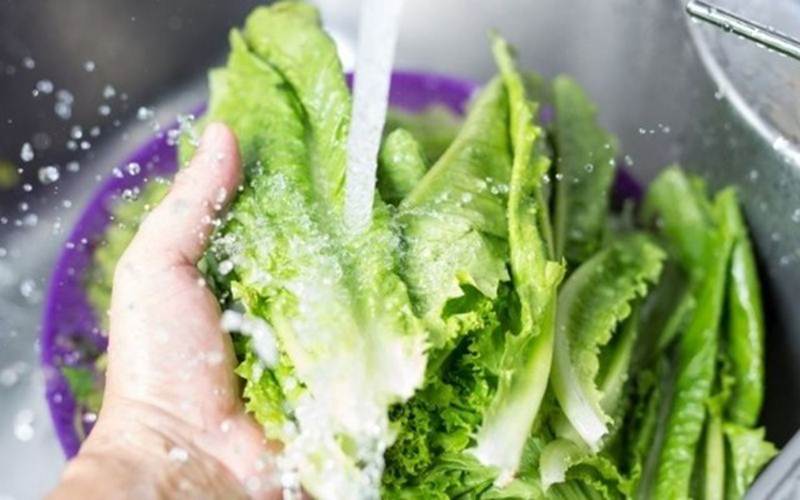
Let the water wash away the contaminants. Therefore, it is crucial to rinse them under running water rather than soaking them in a basin.
Minimizing Chemical Residues
To minimize chemical residues, it is advisable to remove any soil or sand, rinse the produce, and then soak it in a basin of clean water for 1-2 hours before cooking. During this process, any residual chemicals will dissolve into the water, reducing the risk of ingestion.
If possible, change the water every half hour. It is important to note that the vegetables and fruits should not be cut or chopped before soaking, as this can lead to a loss of nutrients.
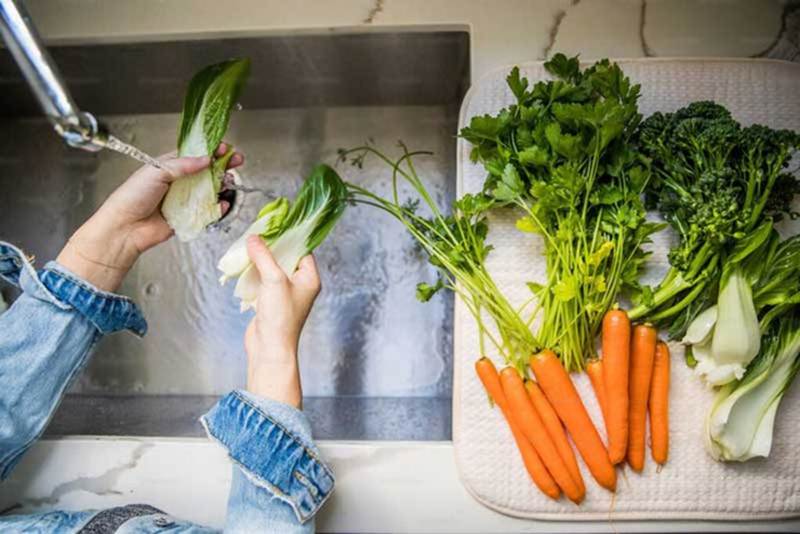
The soaking water should be plain water, without any additional substances or solutions. Before cooking, remove the produce from the water and rinse again with clean water.
After washing the vegetables and fruits, you can then cut or chop them according to your recipe. Soaking for a few hours helps reduce chemical residues, while quick rinsing primarily removes surface impurities.
Blanching Vegetables and Fruits
Blanching in boiling water can help break down certain toxins. Therefore, it is recommended to blanch some types of vegetables and fruits that may contain higher levels of pesticides or chemicals. Good candidates for this method include yardlong beans, leafy greens, and broccoli.
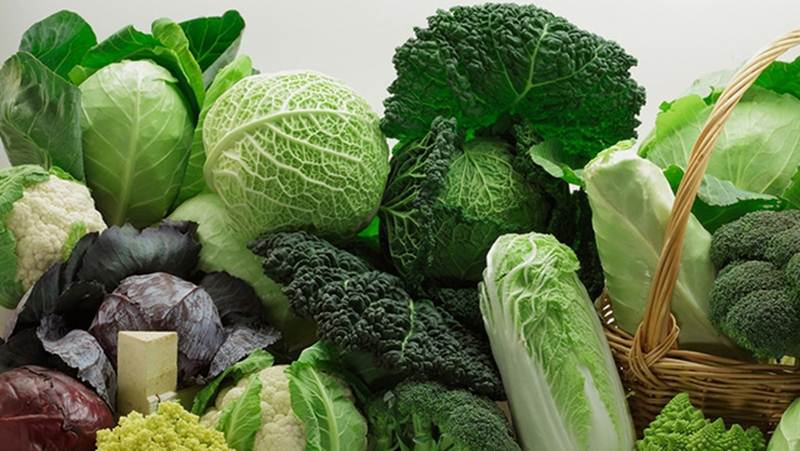
To blanch, bring a pot of water to a boil, sufficient for the amount of produce you are preparing. Add the vegetables or fruits to the boiling water for 1-3 minutes, depending on the type, and then remove them. Rinse again before proceeding with your desired cooking method, such as stir-frying, boiling, or steaming.
According to the Family and Society Newspaper
4 Winter Bathing Habits That May Harm Your Health
Taking a bath offers a plethora of benefits beyond just cleansing the body and revitalizing tired muscles. It is a therapeutic ritual that relaxes sore muscles, soothes the mind, and enhances overall well-being. A warm bath can work wonders for your sleep quality and skin metabolism. However, during winter, one must be cautious of certain bathing habits that can lead to adverse effects on the body.
The Ultimate Guide to Preparing Dried Bamboo Shoots: Beyond Soaking, This Method Ensures Crisp Deliciousness and Removes Sulphur.
Măng is a versatile ingredient in Vietnamese cuisine, adding a unique flavor and texture to many dishes. However, it’s important to note that improper preparation can lead to the presence of toxins. With the right processing methods, măng can be a delicious and safe addition to your meals, offering a taste of traditional Vietnamese culture.




